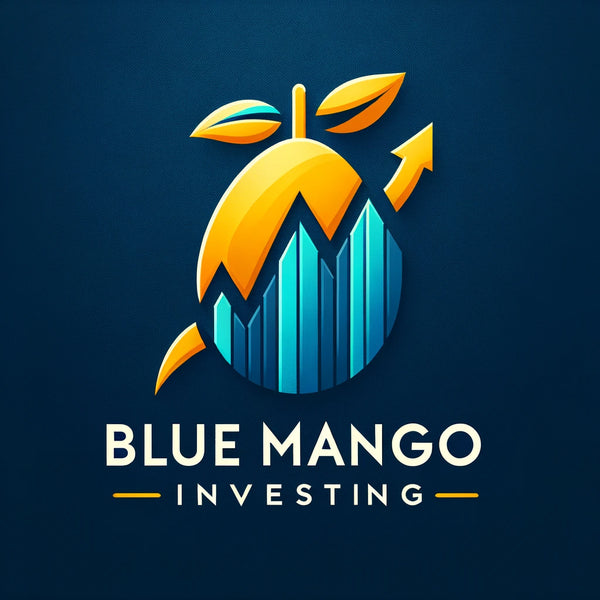Apple Inc. (AAPL), once the undisputed king of innovation and consumer loyalty, is navigating unfamiliar terrain. Once priced for perfection, the stock is down nearly 20% year-to-date—making it the worst-performing member of the “Magnificent 7.” With mounting tariffs, geopolitical tensions, and sluggish AI integration, investors are asking a hard question: Is Apple in decline, or is this merely a strategic pause before a new wave of growth?
Let’s break down the current situation and what it means for your portfolio.
Tariffs Take a Bite
In the latest quarter, iPhone 16 unit sales fell ~6% year-over-year in June. That may not sound disastrous, but for a company that relies heavily on flagship product cycles, it’s a notable red flag. Analysts attribute much of the drop to front-loaded demand earlier in the year, as consumers tried to beat impending tariffs.
These tariffs—part of renewed U.S.–China tensions—could cost Apple up to $900 million per quarter. While that’s only about 1% of revenue, it squeezes margins in a business already facing headwinds. There’s also the risk that Apple will pass those costs onto consumers, with some models forecast to rise in price by 30–40%, potentially alienating price-sensitive buyers.
Supply Chain Shuffle
To mitigate these geopolitical risks, Apple is shifting more production away from China to India and Vietnam. That’s a smart long-term play, but it comes with transition costs. Experts say if Apple were forced to bring iPhone production fully onshore to the U.S., the cost of devices could spike by as much as 90%.
While diversifying the supply chain is necessary, it’s not an overnight fix. And in the meantime, the risk of Chinese regulatory retaliation still looms.
AI Hesitation: A Strategic Misstep?
Perhaps the most pressing concern among investors is Apple’s slow response to the AI revolution. Competitors like Microsoft, Google, and Nvidia have surged ahead in integrating generative AI into products and services.
Siri—once a cutting-edge digital assistant—hasn’t seen a meaningful update in years. Critics from firms like MoffettNathanson have described Apple as “rudderless in AI.” Some analysts even recommend bold moves like acquiring an AI startup (Perplexity AI has been floated) to supercharge development.
Dan Ives of Wedbush believes Apple has a 24–36 month window to regain momentum in AI or risk losing long-term relevance.
Analyst Sentiment: Bullish, but Cautious
Despite these challenges, many top firms remain optimistic:
-
Goldman Sachs, UBS, and JPMorgan have price targets between $240–$270, implying 20–30% upside.
-
Apple still has more than 2.2 billion active devices in circulation—fueling its growing services business.
-
Subscription-based services (iCloud, Apple Music, Apple TV+) are growing ~11–12% annually and provide a steady, high-margin revenue stream.
But the bulls are tempered. Most agree that Apple’s innovation engine needs a reboot—and soon.
Should You Invest Now?
It depends on your investment style.
| Investor Type | Our Take |
|---|---|
| Risk-Averse/Long-Term | ✅ Buying Apple now could be an attractive opportunity if you believe they’ll course-correct on AI and absorb tariff impacts. Services growth offers downside protection. |
| Aggressive Growth Seekers | ⚠️ Consider looking to pure AI plays like Nvidia or Microsoft unless Apple makes a decisive move in this space within the next 12–18 months. |
What to Watch Next
-
Q3 Earnings (July 31): Will iPhone sales stabilize? How much tariff impact will be visible?
-
AI Strategy: Look for any M&A activity or partnerships to signal serious commitment to generative AI.
-
Global Pricing Moves: Watch how Apple handles rising production costs—consumer pushback could impact volumes.
Final Thoughts
Apple has faced adversity before and come back stronger—from the early-2000s slump to the post-Jobs transition. This moment, however, is different. AI is not just a feature—it’s an industry transformation. Apple’s strength lies in its brand, its ecosystem, and its user loyalty, but it must innovate or risk irrelevance.
At Blue Mango Investing, we see this as a pivotal test. If Apple executes well, this could be one of the best buying opportunities of the decade. If not, investors may need to recalibrate expectations for what Apple looks like in the age of artificial intelligence.

